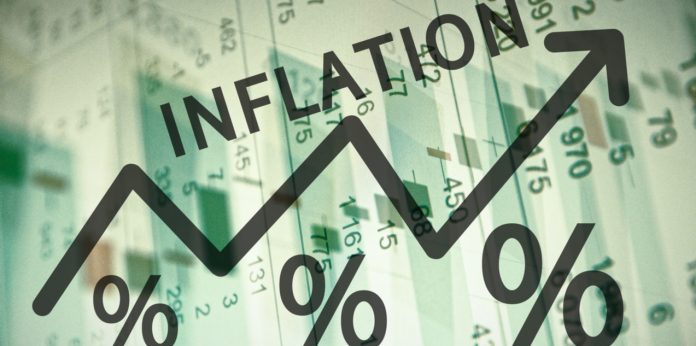- Despite indications about the pandemic-induced economic downturn being effectively negated by the gradual lifting of restrictions, the hardships encountered by the common people have not reduced owing to rising prices in everyday commodities as well as the accompanying inflation showing no signs of abating. As a measure of relief, the Union Government did reduce the perpetually spiraling fuel prices by reducing the excise duties on the eve of Deepavali. Few of the states followed suit by reducing the value-added tax too bringing some cheer to the citizens reeling on the back of high fuel prices.

PC: Payoneer Community
- As is its wont, though opposition political parties saw the move as a kneejerk reaction to the mixed bypoll results, the BJP has positioned itself as the party responding to the needs of the people. Of course, the argument as to whether the fuel price reduction would ease the overall burden considerably is open for debate. The reason is the uncomfortable inflation that continues to rile the majority of the population who form the lower strata of the society. As such, inflation is creeping back into the conversation about Indian politics. Against this backdrop, two recent observations in the Reserve Bank of India’s publications are pertinent to note.
- The Central bank pointed out that growth in small saving deposits has been consistently above bank deposits since 2018. Also, the Government of India has left interest rates on small saving instruments (SSIs) unchanged for six straight quarters, or 18 months. As you are aware, interest rate changes on SSIs are carried out by GOI. The extent of change however is determined by a formula that is based on a relevant government security’s yield. And to top it, the GOI’s inertia on the natter has not really made a difference, so to speak. Since February 2019, RBI has used all its instruments to push down interest rates as it prioritized reviving economic growth.

PC: Aurel Constantin
- As reports suggest, between February 2019 and September 2021, RBI’s policy rate, or repo, declined by 2.5 percentage points. Median term deposit rates of banks for fresh collections dropped by 2.13 percentage points during the same period. People following closely would know that the deposit rates fell more than lending rates. Interestingly, this period also coincided with a rise in retail inflation, which has been higher than RBI’s repo rate for a long time now. Of course, there is a simple explanation for this anomaly. Note that interest rates, especially for short-duration loans and deposits, are more influenced by RBI’s actions than by market forces.
- RBI’s monetary policy since February 2019 has pushed down all rates, except the ones set by GOI. Moreover, GOI’s actions are influenced by electoral dynamics, among other things. This dimension cushions small savers during phases when deposit rates are out of sync for long periods from the level of inflation. Mind you, it’s a system of checks and balances and not a fault line in the financial system. The government is well aware of financial instability arising out of a mismatch between deposit rates and inflation. Thus, striving to keep the inflation rate from crossing the demarcated lines will keep the interplay between the government and RBI quite interesting.






